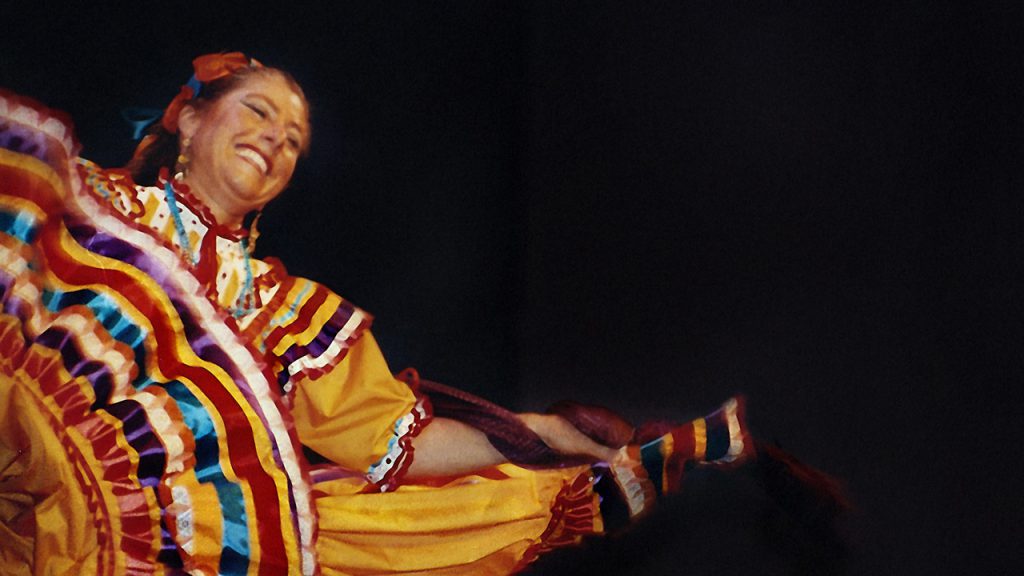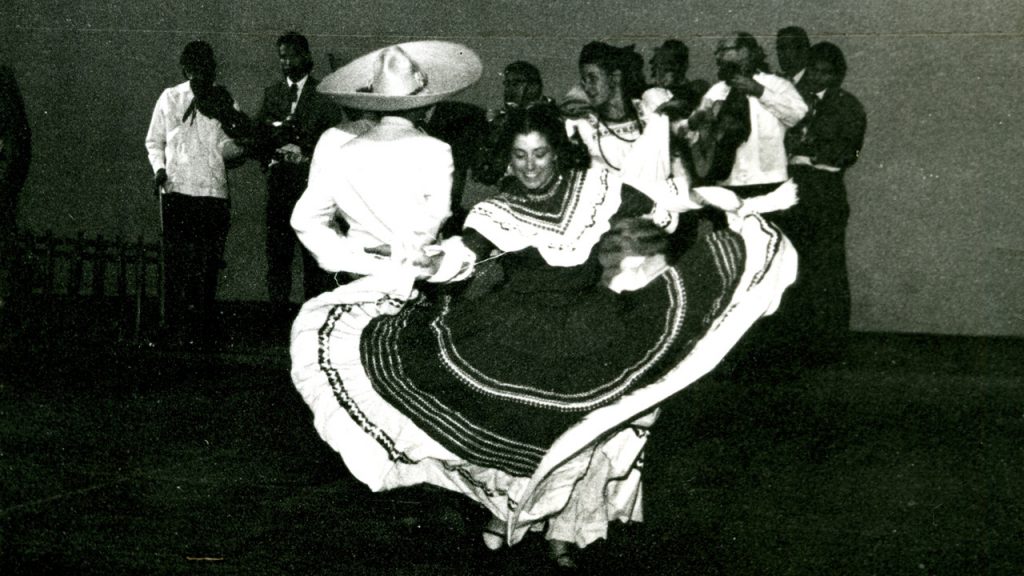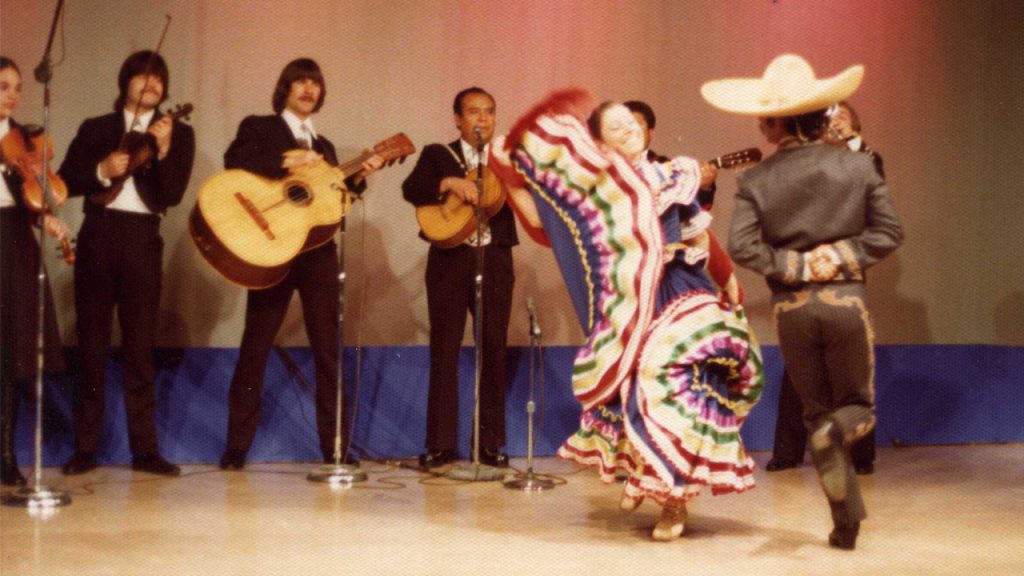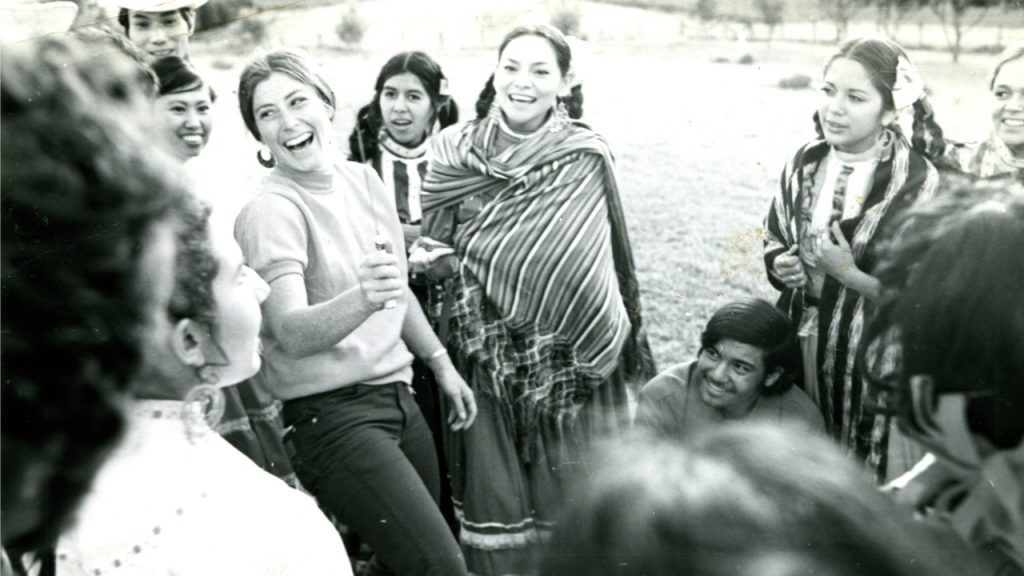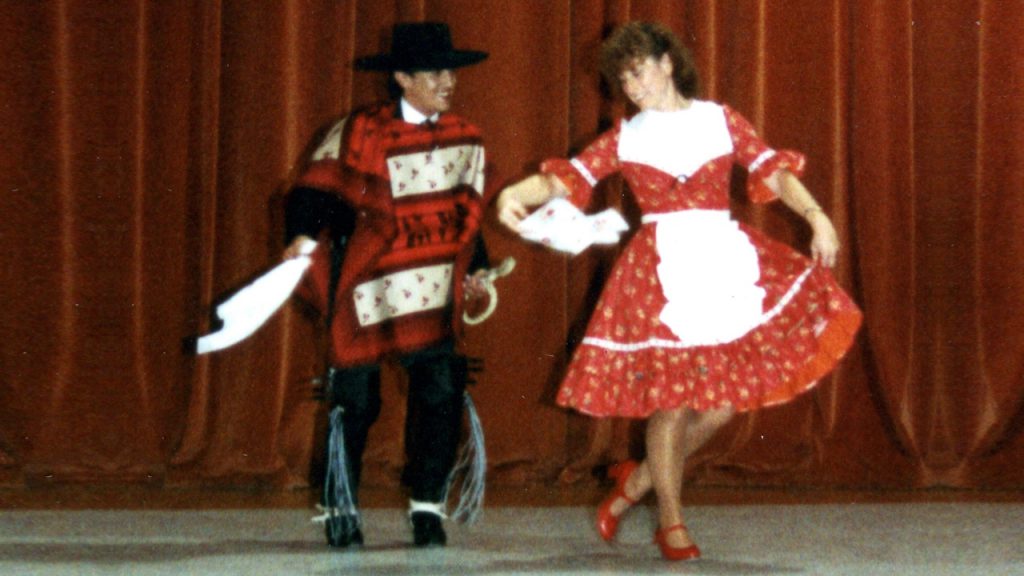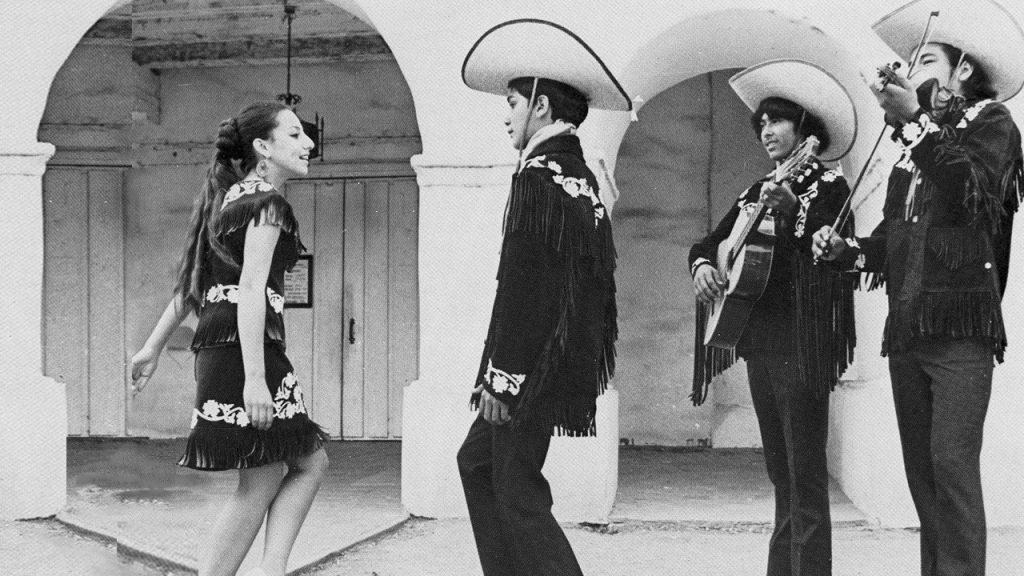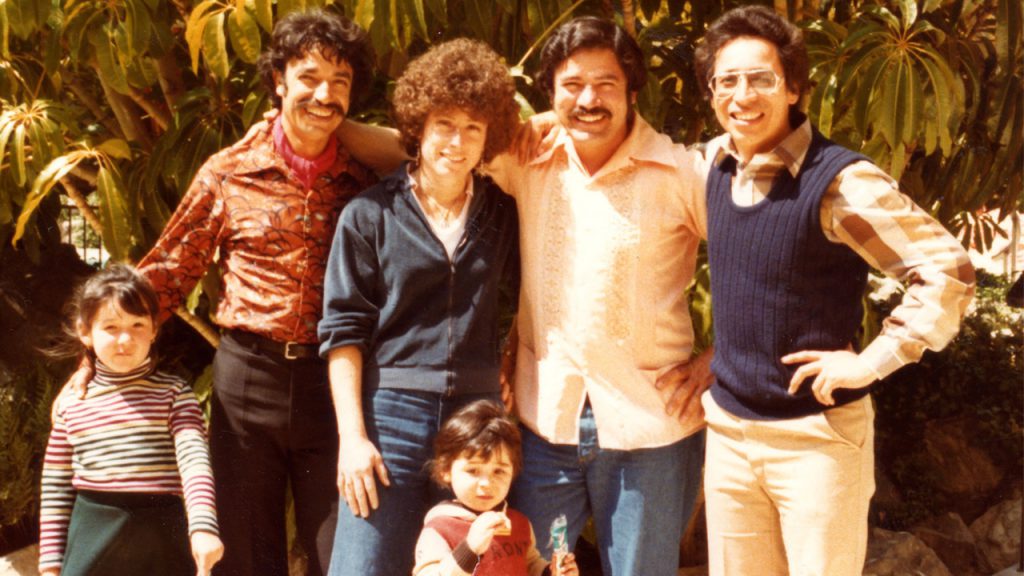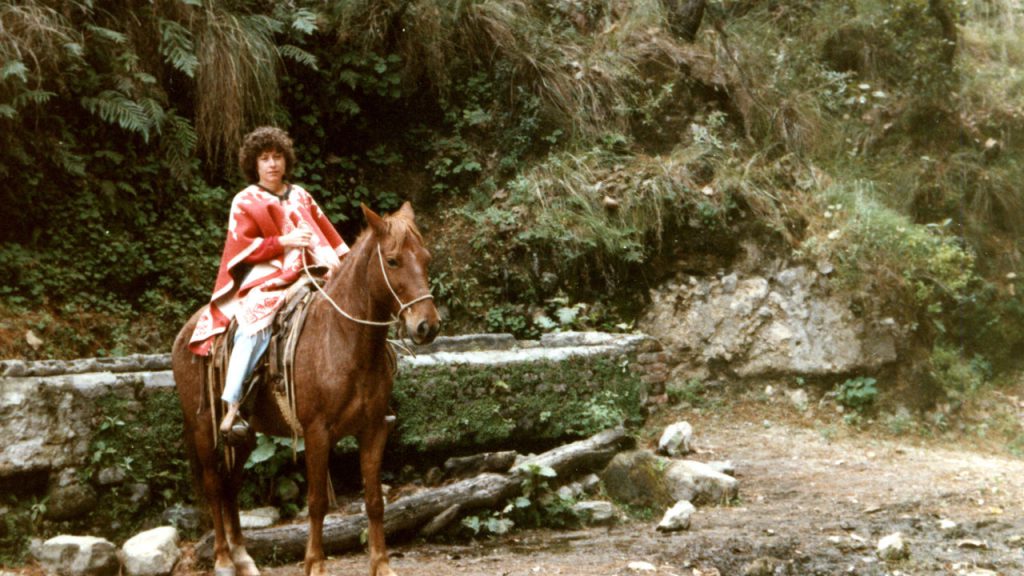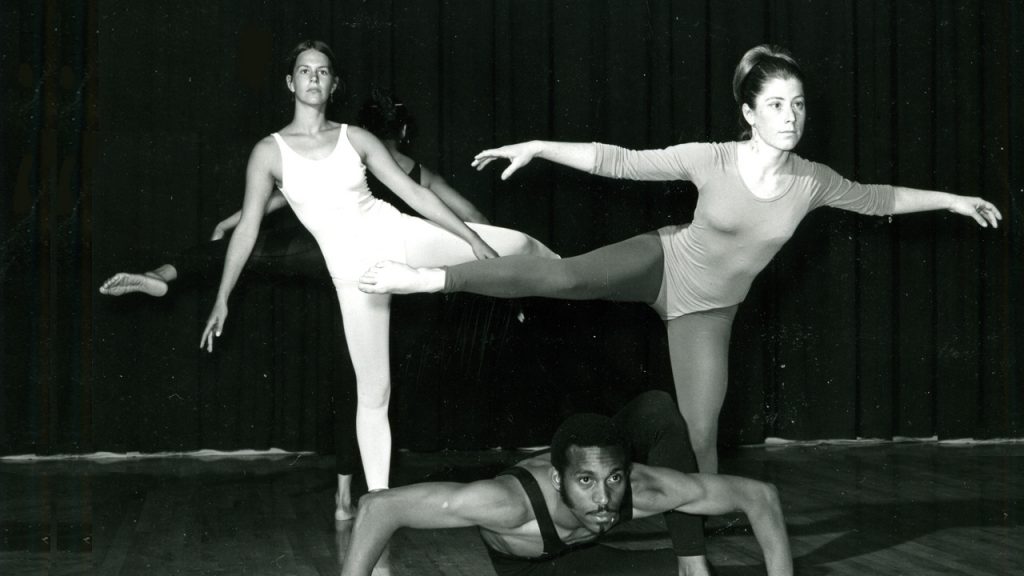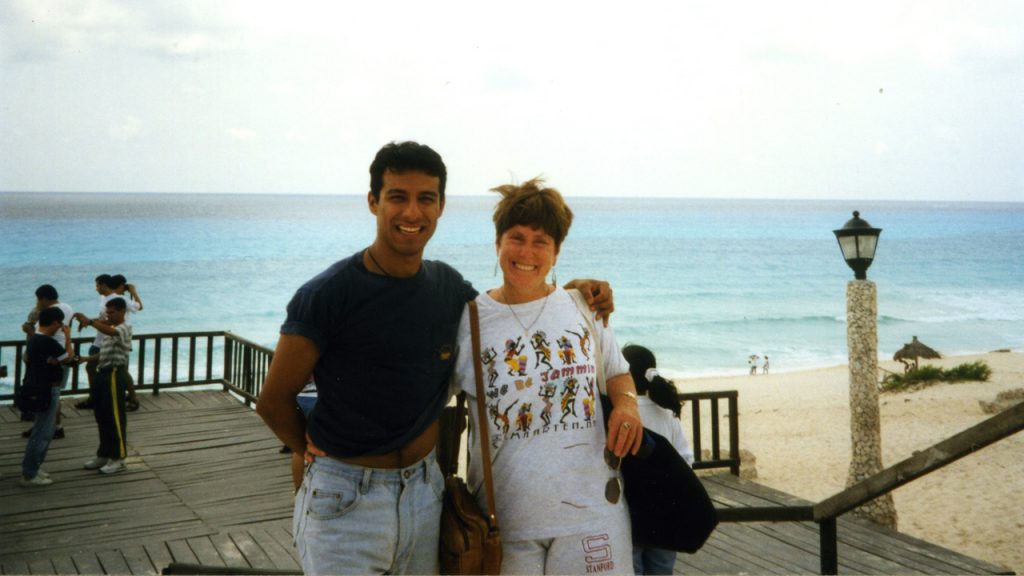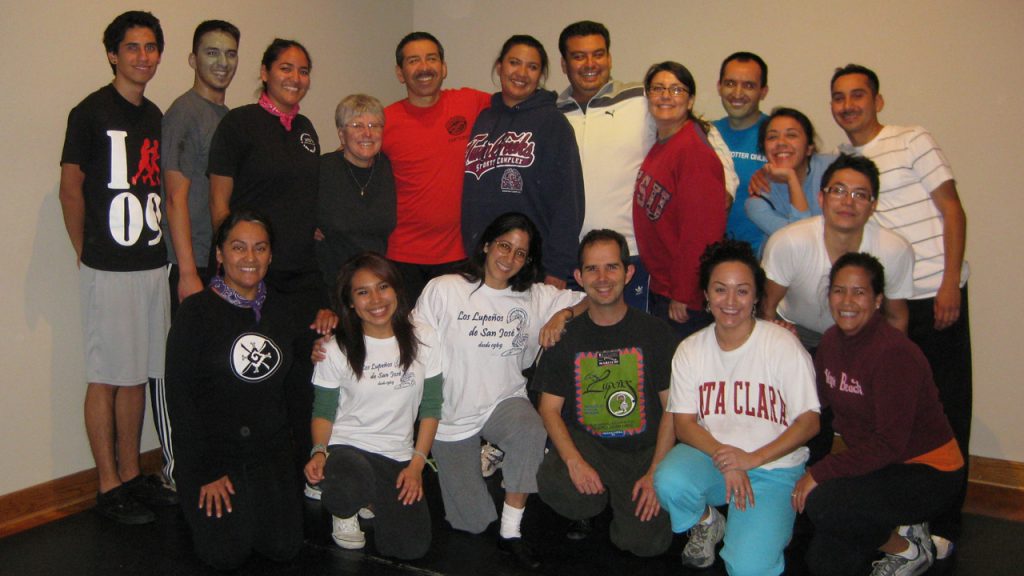Founder
FOUNDER SUSAN V. CASHION
Native Californian Susan Cashion began her love for dance at an early age, but blossomed during her college years at UCLA where she received the first of four degrees in 1965 (BA, Dance). A trained contemporary dancer, Susan began to explore Latin American dance and culture. As the recipient of two Fulbright Scholarships (to México and Chile) her dance focus shifted. In 1969, Susan co-founded a Mexican folk dance group with artist Ramón Morones. Their brainchild, Los Lupeños de San José, was a catalyst for the folklórico movement in the San Francisco Bay Area and spawned numerous dance and music ensembles over the years. In 1972 Susan began teaching in the Dance Division of Stanford University where she founded and directed the Ballet Folklórico de Stanford. In 1976 Susan received her Masters in Dance (UCLA) and subsequently attained her second Masters in Anthropology (Stanford, 1982) and her PhD in Education (Stanford, 1983). During her 35 years at Stanford, Susan spent her free time studying under master instructors in México (Rafael Zamarripa, Elias Guerra, Jaime Buentello, Daniel Andrade, Andres Saenz, Mario Cabrera), Cuba (Manolo Vazquez), and Brazil (Raimundo dos Santos). Susan’s research trips took her to many other countries and she especially reveled in the semesters she taught in Santiago, Chile which gave her a chance to delve into Chilean folk dance. As a choreographer, she spanned musical theater, contemporary, and ethnic dance genres. As an educator, she looked for opportunities to broaden the horizons of her students by exposing them to new dance forms, guest instructors, and creative thinking. The awards, recognitions, grants, and special honors in Susan’s career are too numerous to list.
PHOTOS OF SUSIE

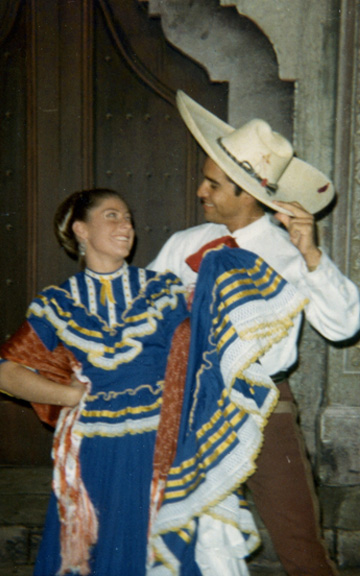
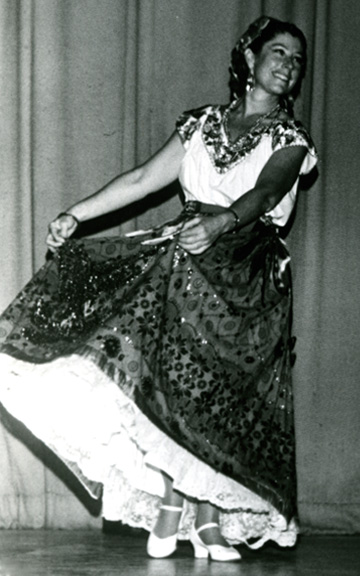
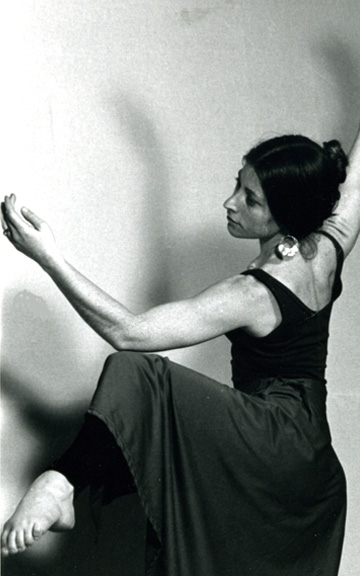
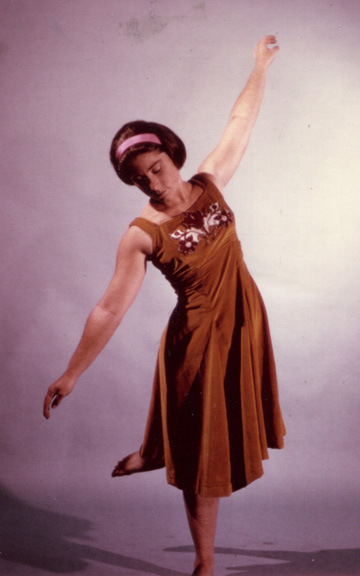

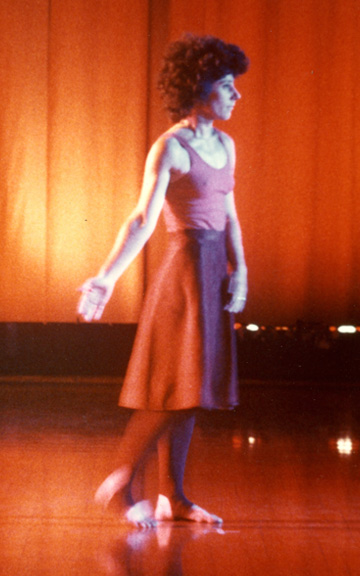
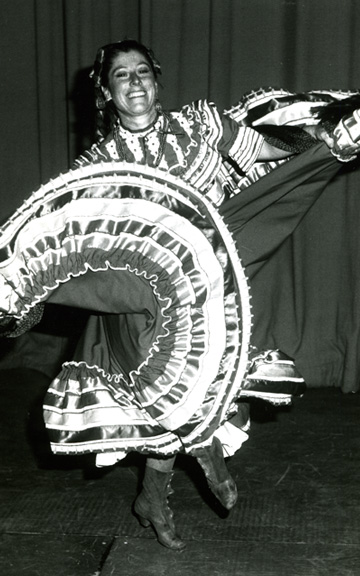
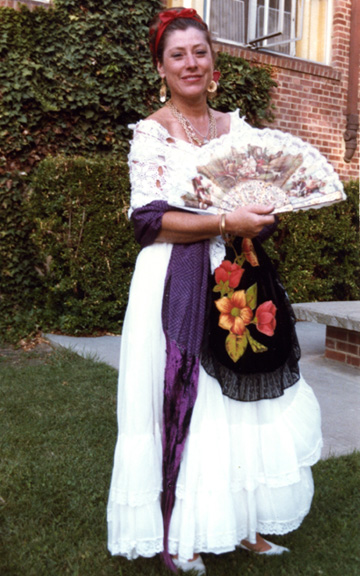



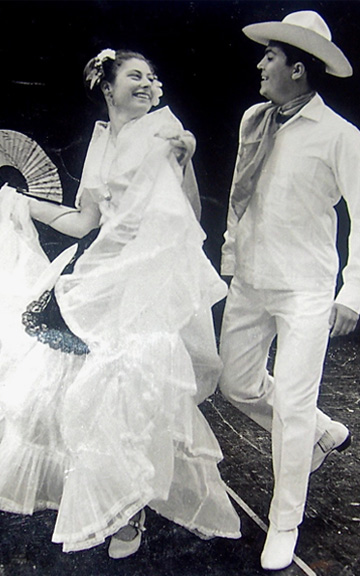
IN HER OWN WORDS – an excerpt from Susan Cashion’s Artistic Statement
“I have been a choreographer almost all my adult life. I went to UCLA during a time when the core classes for dance majors included both technique and choreography. To take a modern dance class in pure technique was unheard of. My first teacher was Dr. Alma Hawkins, a visionary of dance in higher education. The objective was always to be a creative artist and find your own voice and philosophy. Dance was considered a fine art form, not a division of physical education. Thus, my approach to choreography is as an art form that can communicate my point of view to others.
So much of my dance work is in Mexican folklórico, a staged rendering of Mexican regional, ritual, and social dance forms. Those from whom I learned Mexican dance were trained in painting and sculpting and they had an understanding of how to use the art principles of form, content, space, dynamics, color, and contrast to enrich their dance creations. Seeing their works on stage influenced and deepened my artistic sensibility for displaying cultural dance forms of México.
I want my work to be seen as an art piece that is well crafted, beautifully staged, and centers on a specific theme or story line. I strive for a kinesthetic impact by filling the stage with motion. Entertainment in the best sense of the word is always my aim. But education and a deepening of understanding about the subject matter are of equal value.”
TRIBUTE – a mosaic of statements from her peers, friends, and students
Yvonne Daniel, Ph.D.
Professor Emerita of Dance and Afro-American Studies, Smith College
“Susie was my inspiration- despite our two harsh disagreements in forty three years of friendship. As my teacher at Cal State Hayward, she encouraged my choreography and performance interests and gently pulled me away from classical piano. After reading my second research paper ever, The Black Influence within Mexican Regional Dance, she told me she hoped to one day see me teaching a parallel course to her Mexican Regional Dance course on Afro-Caribbean Dance and that, in fact, happened at Mills College three years later. When we were in doctoral studies at the same time, she finished and I didn’t. I had such hurdles that I often stopped, but she wouldn’t let me be. She always told me the benefits, not so much of the degree, but of the world of knowledge, the thousands of provocative books, the many other researchers’ discoveries and conclusions, and the wondrous experiences of working with graduate students and their challenging projects that I would have access to. She invited me often to the Dance Dept. to share my Haitian and Cuban dance research with her students and she influenced my joining Stanford University’s faculty in Black Performance as invited Coordinator of the Katherine Dunham Bicentennial Symposium in 1988-89. She showed me how I was needed and what I had to offer– to students and to the field of dance. I wouldn’t be who I have become without her steady faith and active encouragement. I miss her terribly.”
Margit David & Boyd Arnold Close friends and longtime neighbors
“When Susie bought her house, it was a package deal. It came with a shared driveway along with our family for her up close and personal neighbors. Over the years we lived the saying “since we’re neighbors, let’s be be friends.” We enjoyed the music we could hear coming from her patio, shared spontaneous dinner invitations and morning chats over coffee and so often we would come home to find an arrangement of colorful flowers from her beautiful garden. Our beloved neighbor and dear friend will live on as a blessing in our lives.”
Diane Frank Stanford University Lecturer, Modern Dancer, Choreographer
“Twenty years of Susie memories live in Roble Dance Studio. Class was an invitation to join and build a community; the class began and ended in a circle of equals. Susie’s clear gaze into someone’s eyes, her direct smile, her movements, were a conversation, infused with warmth, radiating connection—laughing, teasing, coaxing, demanding that you give yourself. She stunned me with her sheer performance chops, her passionate intensity, and her flirtatiousness when she danced with Marco Romero. Equally stunning: the contraband tequila that showed up on the Dias De Los Muertos alters she built in the studio corner.
She had an enduring love affair with Mexican, Latin, and South American people and culture. All of her work flew in the face of my cool post-modern aesthetic sensibility—thank goodness! I re-discovered—through Susie, without apology, suffused with pride—the kind of passionate life drive that makes us dance.”
Bubba Gong
Director of Dance at Foothill College, Founder & Artistic Director of the Foothill Repertory Dance Company
“I do not know where to begin or how to capture the Spirit of SUSIE! I only know that to me, she is and always will be SUSIE SUSIE SUSIE! because her generosity of spirit and her dedication and devotion to DANCE was so BIG. As my friend, mentor, colleague, teacher…her love and light will continue to guide me, inspire me. She transformed generations of dancers and her dances will stay in my heart for always.
Susie and I met during my undergraduate years at Stanford. Like many good Chinese American sons…I was originally intended to be a PRE-MED Major…and through encouragement and belief and faith and serendipity…I forged a road less traveled and can say it was my dear friend Susie, who eventually brought me back to Stanford to complete my Graduate Degree in Dance.
My memory of Susie: this crop of bright copper hair, billowing skirt and crisp staccato heels…a contagious laugh and a passionate life. Every year we would meet for a catch up lunch and we would talk for hours about our teaching, our students, our lives, our dances. We served on several Boards and Foundations together for we shared dreams of nurturing artistic visions and providing support to struggling dancers, artists, educators. Her dedication and commitment to excellence and to a spirit of diversity live in my teaching and instill my dances with purpose. She inspired me to my highest teaching ideals.
When I think of SUSIE…I will remember and cherish the memories of our youthful idealism and dreams we forged together at Stanford and beyond the farm. I will remember her warm embrace of me and her encouragement of my individuality and truth. I will remember the laughter, the music, the food, the fun times we shared. She was present at every on e of my concerts at Foothill College…always my biggest supporter and CRITIC! She encouraged me to reach higher, further, deeper. But most importantly…she gave me the greatest gift of all…her love and friendship over three decades!”
Carla Leite, Ph.D.
Brazilian dance artist and teacher, Federal University of Bahia, Brazil
“Querida Susie – you’ve spread seeds in many different countries, many cities, just all over—and they’ve grown into beautiful trees and flowers and these will be our remembrances of you; you have been, and will be, at our sides, embellishing our paths with gentle fragrances and the brightest of light. Um abraço apertado.”
Halifu Osumare, Ph.D.
Professor African American and African Studies, University of California, Davis
Catherine Evleshin
Professor, Portland State University (retired)
Profesor Dr. Manuel Dannemann
Universidad de Chile
“El sorpresivo abandono de esta tierra, de Susan Cashion, no solo nos ha dolido por lo inesperado, sino que, principalmente, por las cualidades que la unieron a quienes compartimos con ella momentos inolvidables, en especial por su alegría, su espontaneidad, su afecto, su capacidad de adaptación a distintas personas y ambientes, su generosa comprensión de las debilidades propias y ajenas, su esmerada dedicación a la enseñanza formadora respetuosa de su estudiantes en la magia de la danza, su espíritu de organización y de acción respecto de los grupos de difusión de ese arte, que ella supo dirigir exitosamente.
Todo esto y mucho más la harán estar anímicamente siempre con quienes estuvieron en su existencia, con una autentica y profunda amistad.
Comprobé la eficacia y el equilibrio de su trabajo de campo cuando vino a Chile, por primera vez, con otros investigadores de los Estados Unidos de Norteamérica, para contribuir al conocimiento del magno y esplendoroso ceremonial de La Virgen de La Tirana, que se efectúa en el norte de este país, por numerosas cofradías danzantes. Además de la suya, fue de gran importancia la colaboración de Donn Borcherdt, del Instituto de Etnomusicología, y de Richard Hawkins, Director del Departamento de Cine; ambos de la Universidad de California, Los Ángeles, que se unieron a Raquel Barros y Manuel Dannemann, del Instituto de Investigaciones Musicales de la Universidad de Chile. Susan Cashion nunca pudo olvidar la potencia y la amplitud de ese admirable ceremonial, que quedó plasmado en una película de altometraje, en la que también tuvo una destacada responsabilidad el musicólogo chileno Luis Merino.
Cuando volvió a Chile en diversas ocasiones, lo hizo, la mayoría de las veces como profesora de danzas de estudiantes de la Universidad de Stanford con permanencia transitoria en este país, su propia Universidad. Pero no se limitaba a la docencia; más aún, en la segunda oportunidad que regresó a él, me acompañó a realizar tareas etnográficas en la localidad de Pirque, cerca de Santiago, sobre la ejecución del guitarrón, diferente del mexicano del mismo nombre, éste, de gran tamaño y de mucha importancia para la emisión de los sonidos de las notas bajas, en tanto de que el chileno es de dimensiones muy semejantes a las de la guitarra común, aunque con la caja armónica más alta y veinticinco cuerdas, cuatro de las cuales, cuya denominación es la de “diablitos”, suenan por simpatía en este instrumento, el cual se usa para acompañar al canto juglaresco.
Así, fui afortunado con su compañía, también en otras salidas a terreno, como la que hicimos a la localidad de Quilimarí, región de Coquimbo, con el propósito de obtener versiones representativas de alta calidad, de danzas ceremoniales individuales y de cantos juglarescos como los ya mencionados, para el libro Cultura Folclórica de Chile, del autor de estas palabras de recordación; los que fueron grabados y fotografiados por ella con particular cuidado y aprecio.
Entre otras formas de vida que disfrutaba, muy distintas de las que ya señalara, estaba la de sentir la compañía de animales domésticos, diría que, predominantemente, de caballos, como lo pude comprobar en su casa de Palo Alto, y, asimismo, en mi propiedad rural de Chile, que recorriera con profundo agrado y notable dominio de la yegua que más le gustaba ensillar, y la cual le era difícil abandonar.
Ahora que pienso con mayor intensidad en ella, buscando su presencia, la encuentro en el conmovedor contenido de una de sus primeras cartas, quizás de la primera, del año 1968, de gran significado autobiográfico, escrita en lengua castellana con su franqueza y naturalidad acostumbradas, cuyas singularidades de léxico y de sintaxis se desvanecen con la hermosura de su alma.
Aquí va una reproducción de esa carta, que, de uno u otro modo, penetrará en el sentimiento de los amigos de su autora, que puedan leerla.
Gracias, Susie.”
